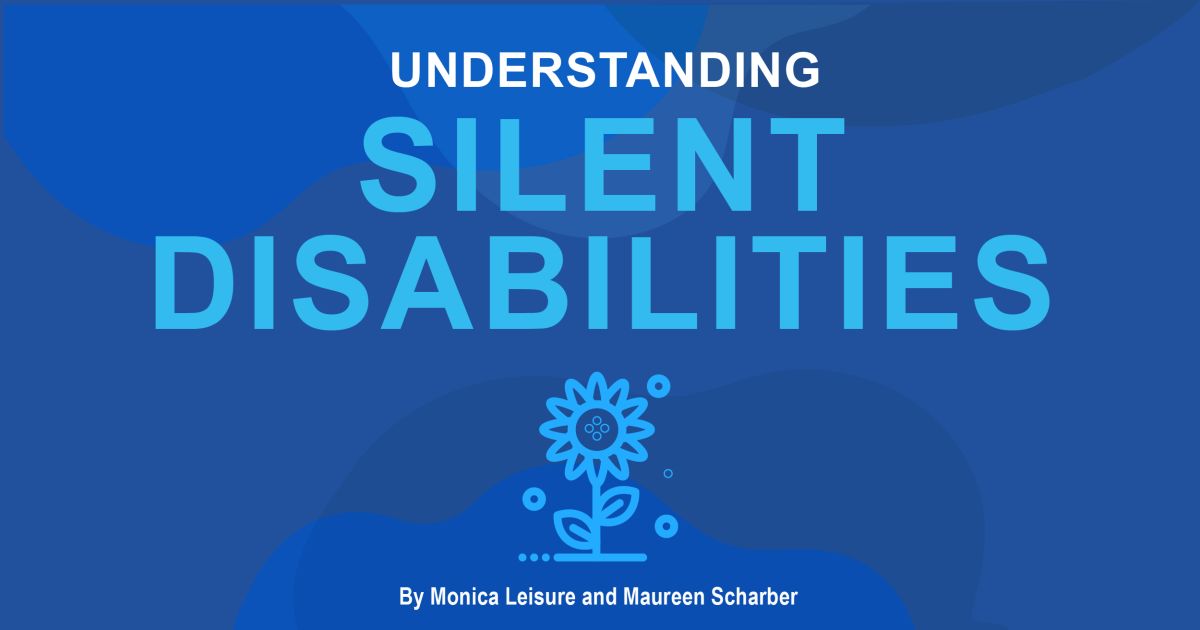“Silent disabilities” are what they seem: Conditions affecting someone’s health and wellbeing that others may not see. Everyone should strive to understand them. It’s especially critical in the workplace.
Visible disabilities tend to speak for themselves. Sign language, mobility devices, hearing aids, and the like all tell a visual story about physical limitations that impact someone’s daily life. Disabilities that are not as apparent are not always as clear, which can lead to misunderstandings and misjudgments. For example, an employee suffering social anxiety may be misjudged as disinterested or unmotivated. Or employees on the autism spectrum may be misunderstood if their condition affects their communications and social interactions.
Such misperceptions can severely impact the workplace, working relationships, and morale, and ultimately interfere with the disabled person’s ability to succeed. Most importantly, jumping to conclusions is simply not fair to anyone. It’s always better to seek to understand rather than assume.
It’s critical to understand silent disabilities in the workplace because they come in so many different forms, ranging from mental health conditions like depression to chronic illnesses like migraines or autoimmune diseases, to behavioral disorders like addictions. Those living with such disabilities often suffer in silence, but that shouldn’t be the case in the workplace. There are many ways we can support coworkers with silent disabilities, and all can make a huge difference in their lives and the working environments we all share. Here are some tips for offering support.
-
Education is the first step. Help raise understanding and awareness in the workplace by ensuring information about silent disabilities is incorporated into your organization’s mandatory human resources training and employee education programs.
-
Compassionate accommodations are a must. Many silent disabilities call for accommodations that are not set in laws and policies. To support the success of all employees, creative, compassionate, thoughtful, and personalized solutions should always be on the table.
-
A culture of inclusion is key. A culture of acceptance, honesty, openness, and understanding will open the door for comfortable dialogue. Creating an environment where experiences can be shared without shame, guilt, or embarrassment will help raise awareness and remove stigmas.
The bottom line. Organizations that have a strong support system for employees with disabilities will access more talent, attract more candidates, and increase retention. Not only is it well worth the investment, but it’s also well worth staking your reputation on.
Visit ADA.gov for more information and resources.

